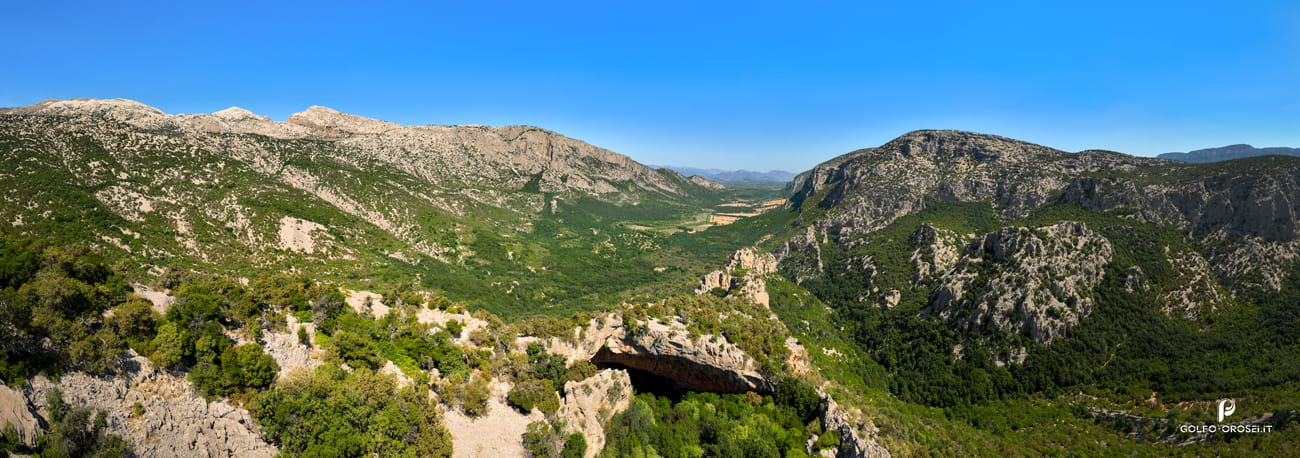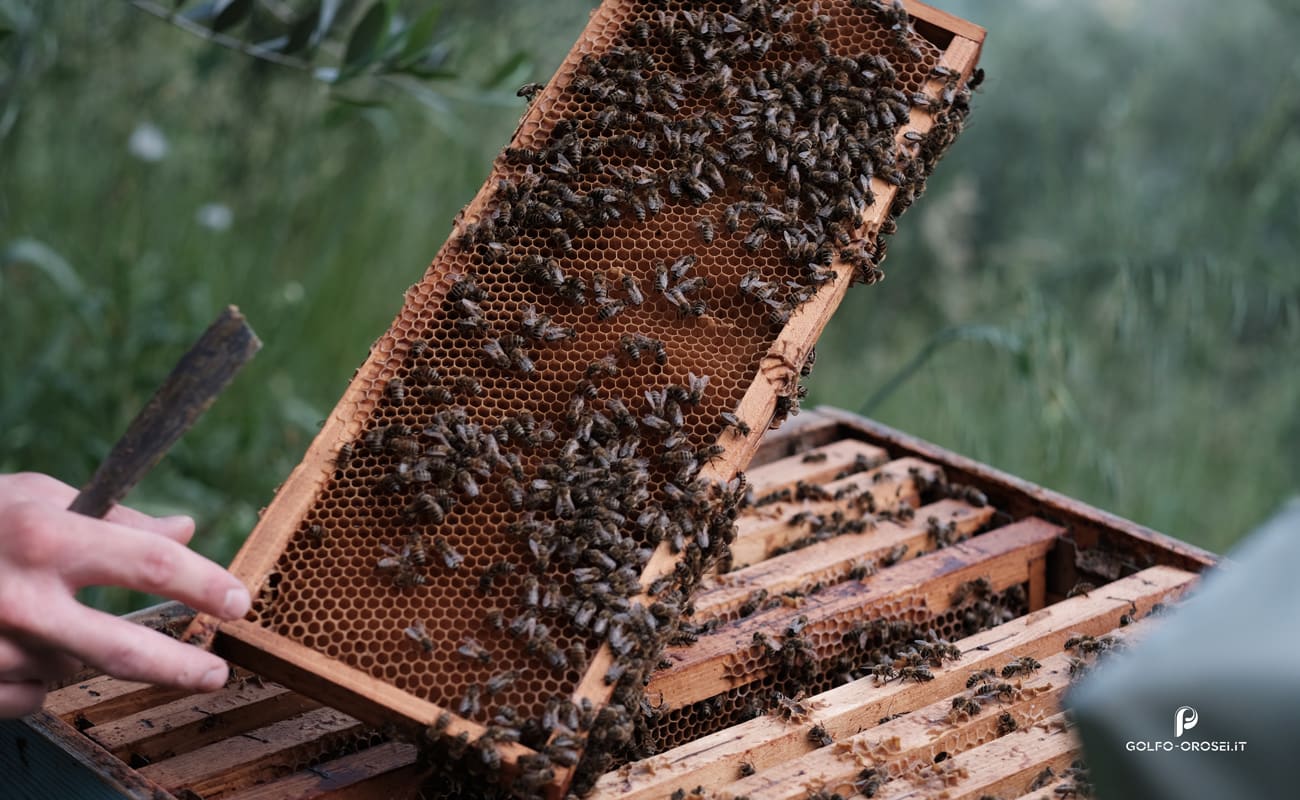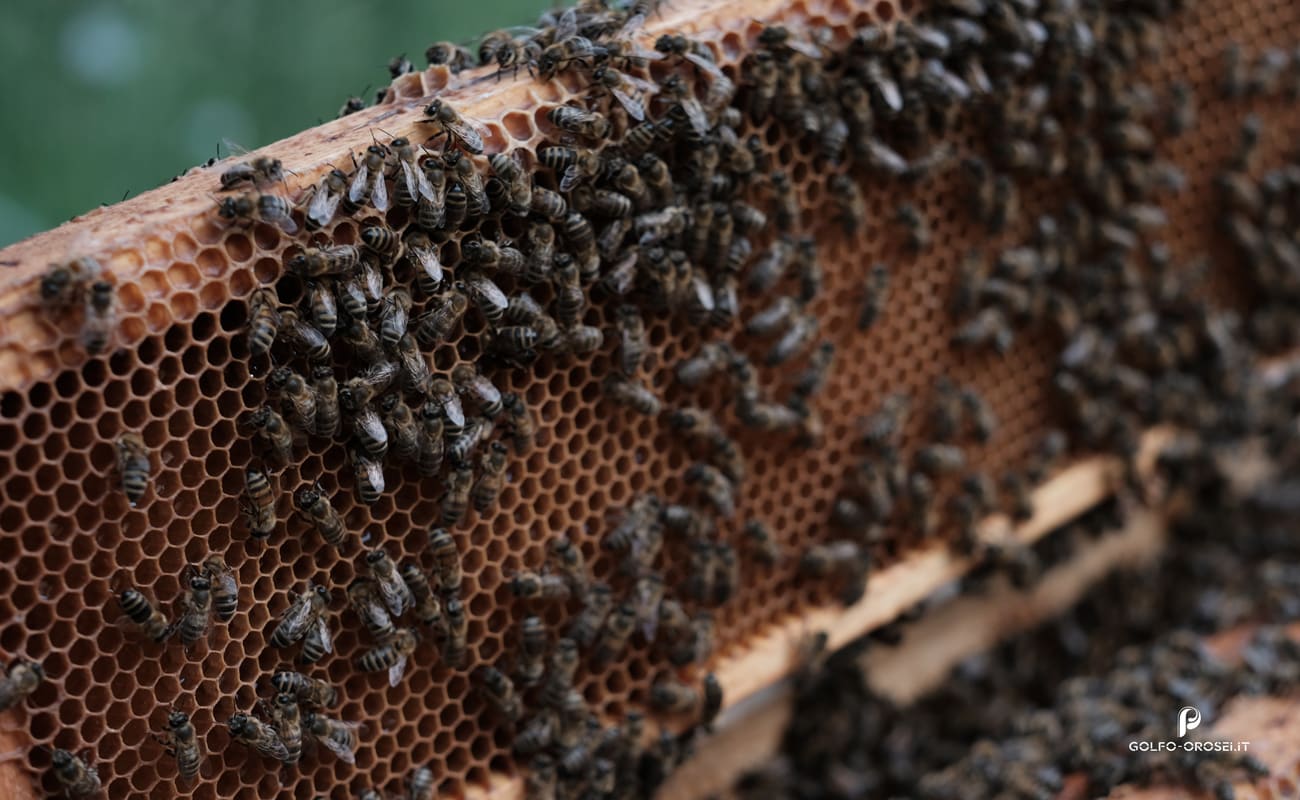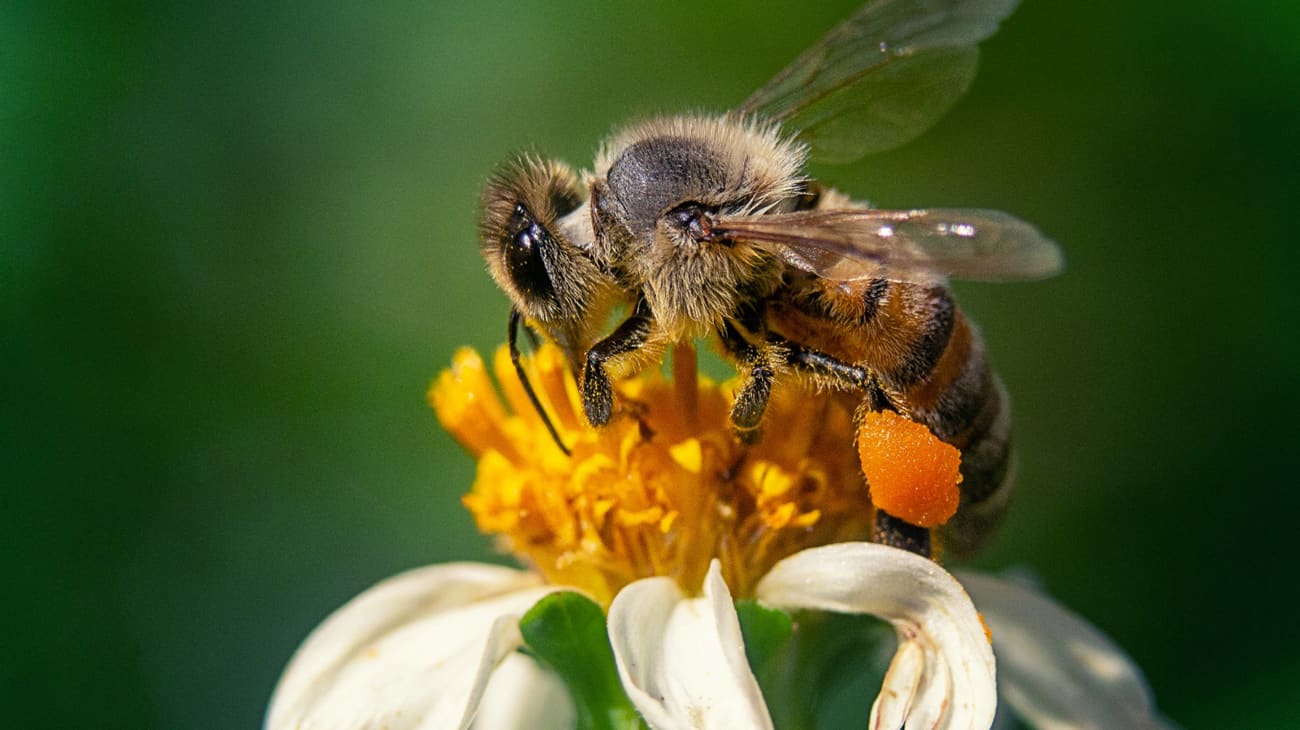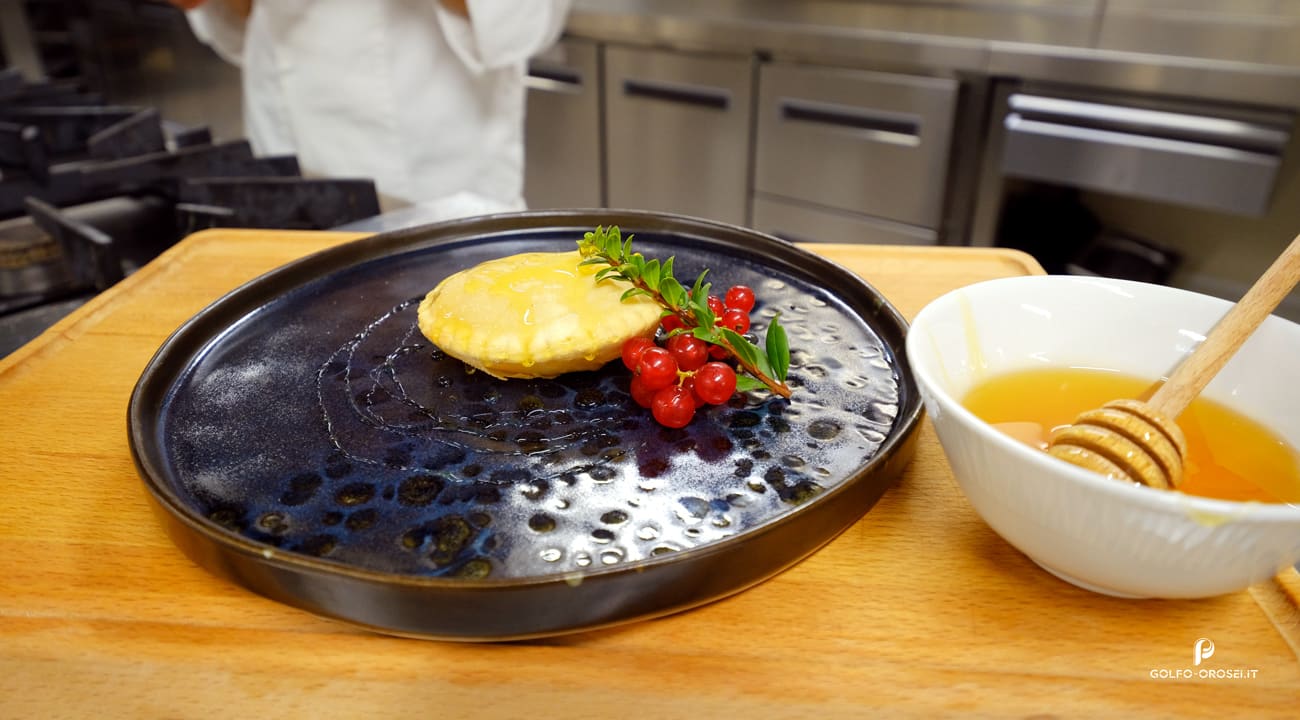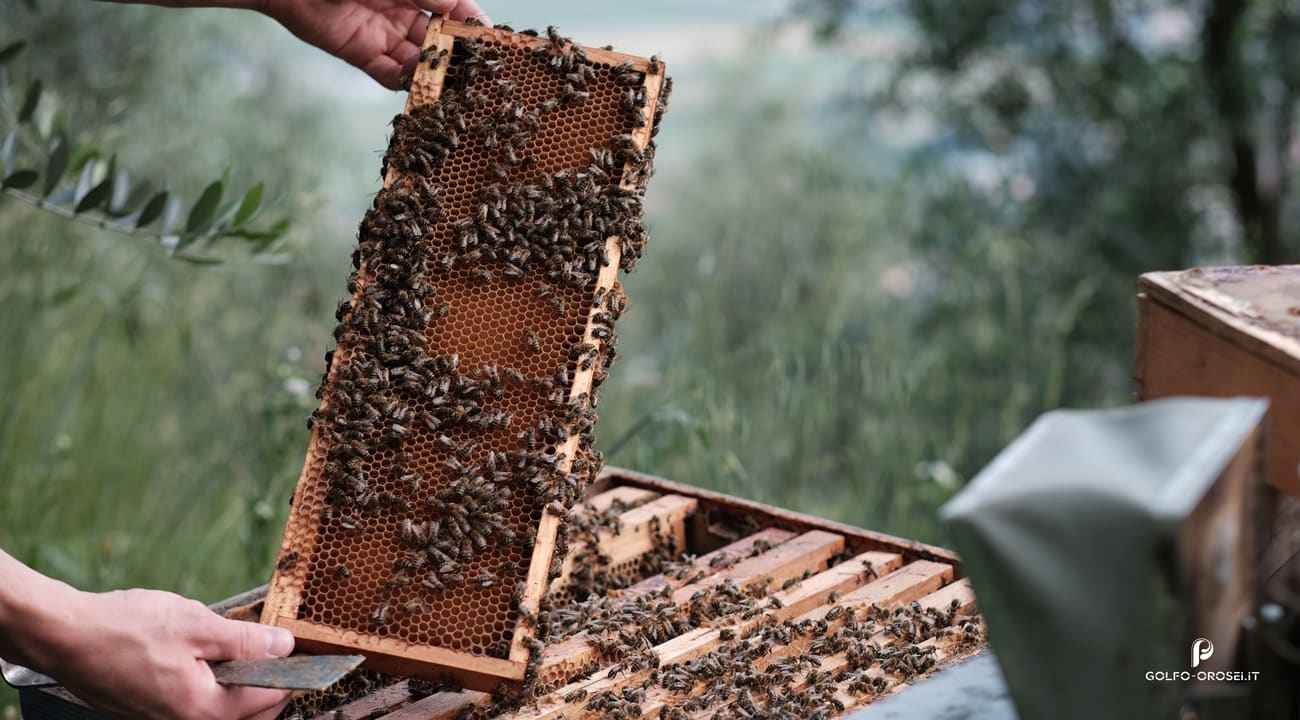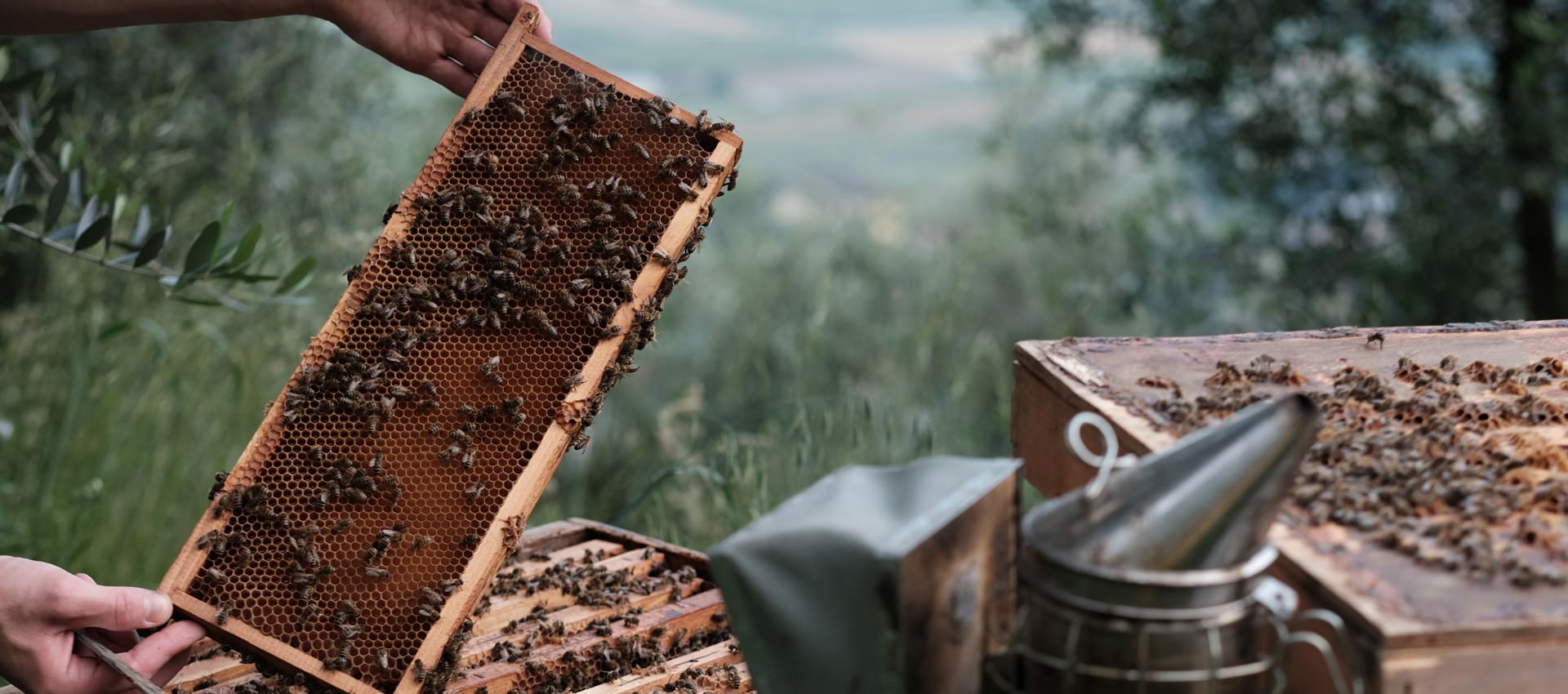
The Real Sardinian Honey Is Impossible to Find. Here’s Why Everyone Wants It

I know what you’re thinking: honey is just liquid sugar, right? Wrong.
Sardinian honey is a whole different story: a teaspoon takes you through sun-drenched hills and wildflowers, infused with centuries of passion and unspoilt nature.
And yes, I am talking about emotions and feelings when you taste it.
But few people see it for what it truly is: a natural tool that can support the immune system. Have you ever picked up a 200-gram jar of honey at the supermarket expecting it to make you feel better overnight?
Admit it: we often think of honey only as grandma’s old remedy for a sore throat or as that sticky childhood memory.
The result? We’re losing the habit of authentic flavours.
In a world where products are increasingly standardized and stripped of their origins, we risk forgetting genuine treasures like Sardinian honey, which has plenty of history, flavour and benefits to offer. Especially when it comes to wellbeing and awakening our immune defences, we go looking for health elsewhere, in supermarkets, while a natural elixir has always been within spoon’s reach, here in Sardinia.
Here we are in Sardinia, on the eastern coast.
The Gulf of Orosei opens like a great natural amphitheatre, where the salty Mediterranean breeze blends with the resin of junipers, the sweetness of myrtle and the scent of wild rosemary.
It is a cradle of biodiversity, where unique flowers and herbs thrive under a generous sun and thousands of tiny winged workers, yes, bees, gather these scents and transform them into one of the island’s most precious treasures.
Here beekeeping is an age-old tradition, carried on with patience and respect. Forget industrial production: in the rugged areas around Orosei and Dorgali, family-run hives dot the hills and pastures like small sanctuaries of sweetness. For centuries, Sardinians have cared for their bees, guided not by manuals but by observation and a deep love of nature.
Of course, modern hives are used nowadays, but always in harmony with the bees’ natural rhythms. Work follows the seasons: spring brings wildflowers, summer offers blooming rosemary and juniper and autumn gifts the bitter nectar of arbutus.
Each cycle reflects the heartbeat of the island and the honey produced carries the character of that season.
That’s exactly why, here, you’ll find a wide variety of colours, flavours and beneficial properties wrapped up in Sardinian honey.
Do you know the secret of this unique honey? The incredible diversity of Mediterranean flora available to the bees. Myrtle bushes with white, aromatic blossoms, the violet bursts of heather, the evergreen arbutus that flowers in autumn and offers a rare, intense nectar… Even the humblest herbs, like thyme and rockrose, become stars here and give Sardinian honey a depth of flavour impossible to reproduce elsewhere. It’s a symphony of scents that the bees orchestrate in every single drop.
And now for the behind the scenes: the journey from flower to jar is half natural magic, half skilled craftsmanship. The bees collect the nectar and store it in their “honey stomach”; then, once back in the hive, they pass it to other bees, adding enzymes and fanning it with their wings to evaporate the excess water. Little by little, that liquid thickens and becomes honey. When the honeycomb cells are full, the bees seal them with a wax cap: each cell becomes a tiny treasure chest of nutrients.
Many beekeepers still follow traditional methods, with calm and care: the full combs are removed gently, the wax caps carefully cut away and the honey extracted using centrifuges that do not stress the bees or the product, preserving all the natural enzymes, pollen and original aromas. In some cases, visitors can even take part and observe this unique process at close quarters.
The result of so much care?
A product that embodies the authenticity of its place of origin.
Every jar is a distillation of Sardinian landscapes: inside you’ll find the wild Mediterranean scrub, the salty sea winds and even an echo of the untouched mountains. And sustainability is an integral part of the recipe: beekeepers always leave ample reserves of honey for the bees themselves, to ensure strong, healthy colonies throughout the winter.
It’s a relationship of balance, where people and nature share the harvest in harmony. In a world of standardized products, this honey truly stands out.
Feeling tempted to see it all in person?
You can: check the experiences section to discover some nearby apiaries.
The people of Sardinia have always said it: Sardinian honey is “nature’s medicine.”
And yes, modern science backs them up: this golden treasure is rich in antioxidants, those allies that fight free radicals and cellular ageing.
Every teaspoon gives your immune system a boost and helps promote good digestion after meals.
But that’s not all: Sardinian honey has natural antibacterial properties known since ancient times. This means it can soothe sore throats and even support the healing of small wounds – forget synthetic syrups and ointments!
The next time you have a cough, try a teaspoon of Sardinian honey and you’ll understand why it has been a trusted ally for generations.
And then there’s variety within variety.
Sardinian honey is in fact a universe of a thousand flavours, each with its own particular benefits. Take the famous arbutus honey, for example: with its uniquely bitter taste, it’s packed with antioxidants and valued for its liver-protective properties.
ADVERTISMENT
Myrtle honey? A precious helping hand for digestion, ideal after a hearty meal. Rosemary honey is considered a natural tonic: invigorating and almost “clarifying” for body and mind.
And heather honey, with its reddish hues, is renowned for its benefits for the urinary tract.
Each flower has its own strength.
And so every teaspoon of Sardinian honey becomes a tiny microcosm of wellbeing, flavoured by the diversity of this land. Sardinian honey boasts a long list of nutritional properties and is also a living element of the local culture.
You’ll find it everywhere in Sardinian kitchens: it enriches traditional desserts such as seadas, delicate pastries filled with fresh cheese, served with warm honey dripping over the top. It’s spread on bread, stirred into warm herbal teas (never in boiling water!) or simply enjoyed by the spoonful, especially on winter evenings when families gather around the fire.
In some villages, honey even accompanies rituals and traditions: it is offered during religious festivities or shared among neighbours as a symbol of abundance and blessing.
You see? We’re not just talking about food, but about a bridge between generations, a symbol of community and shared wellbeing.
We’ve travelled from Sardinia’s flowers all the way to the teaspoon of honey on your table. Now it’s over to you: how can you bring this sweet discovery into your everyday life in a practical way? Here are a few practical ideas:
• Replace refined sugar with Sardinian honey in tea, coffee or recipes: you’ll get natural sweetness (with antioxidants and nutrients) instead of empty calories. Your palate and your body will thank you.
• Explore local varieties: try arbutus, myrtle, rosemary, heather… Each type of Sardinian honey has a unique flavour and benefit to offer. Turn your pantry into a small collection of liquid treasures.
• Use it as a natural remedy: a teaspoon of Sardinian honey to calm a cough or soothe a sore throat instead of reaching straight for industrial syrups. It’s Mother Nature’s pharmacy by the spoonful.
For your Advertising
A simple and targeted opportunity to be found by those looking for experiences in the area.
Learn moreAuthentic Flavors of Sardinia:
